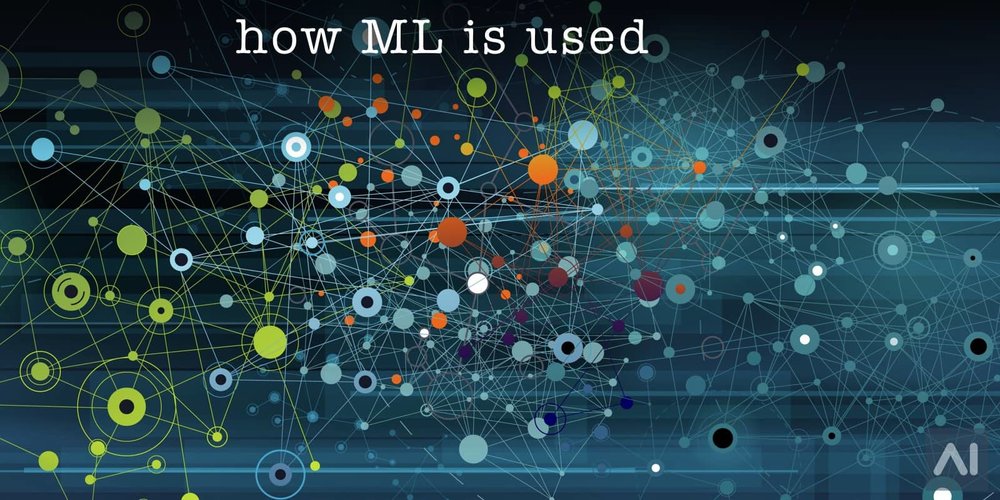How Companies use Machine Learning

Machine learning is headed for a major growth spurt. After ticking past the $1 billion mark in 2016, the machine learning market is expected to hit $40 billion by 2025, according to a new report by Research and Markets.
Where will all that growth come from? Everywhere!
Of course, the first challenge of machine learning is identifying a use case. Not sure where to start? To make the most of this explosive technology, consider how today's top companies, ranging in industry from retail to hardware to media, are using it:
◼
Target
Retail giant Target discovered that machine learning can be used to predict not only purchase behaviour but also pregnancy. In fact, Target's model is so precise that it can reliably guess which trimester a pregnant woman is in based on what she's bought. After a father discovered through Target's persistent promotions that his 16-year-old daughter was pregnant, Target actually had to dial its initiative back by mixing in less specific ads.
Most companies' promotions are driven by the seasons or holidays. Snow shovels go on sale in July, sunscreen in June. But consumers go through seasons in their own lives, too. The worst time to sell someone a car, for example, is right after she just bought one. It might be the best time, however, to market car insurance to that person. Machine learning can pick up on those rhythms, helping companies recommend their products to customers when the timing is just right.
◼
When someone posts a photo on Twitter, she/he wants people to see it. But if the thumbnail is not right, nobody is going to click on it. Twitter seems to have solved this problem by using neural networks. In a scalable, cost-effective way, the social media firm is using machine learning to crop users' photos into compelling, low-resolution preview images. The result is fewer thumbnails of doorknobs and more of the funny signs just above them.
◼
Apple
Apple recently filed a patent that, in non-technical terms, implies that it's prioritizing cross-device personalization. In the near future, for example, a user's Apple Watch might suggest an iTunes playlist to match his heartbeat goal in another app.
◼
Alibaba
500 million people shop with Chinese retail giant Alibaba. Each of those customers goes through a separate and distinct journey, from searching to buying. How does Alibaba track and tailor each of those 500 million journeys? With machine learning, of course.
Alibaba's virtual storefronts are customized for each shopper. Search results turn up ideal products. Ali Xiaomi, a conversational chat-bot, handles most spoken and written customer service inquiries. Every element of Alibaba's business was built for the shopper engaging with it, and every action the shopper takes teaches the machine more about what the shopper wants.
Of course, the first challenge of machine learning is identifying a use case. Not sure where to start? To make the most of this explosive technology, consider how today's top companies, ranging in industry from retail to hardware to media, are using it: